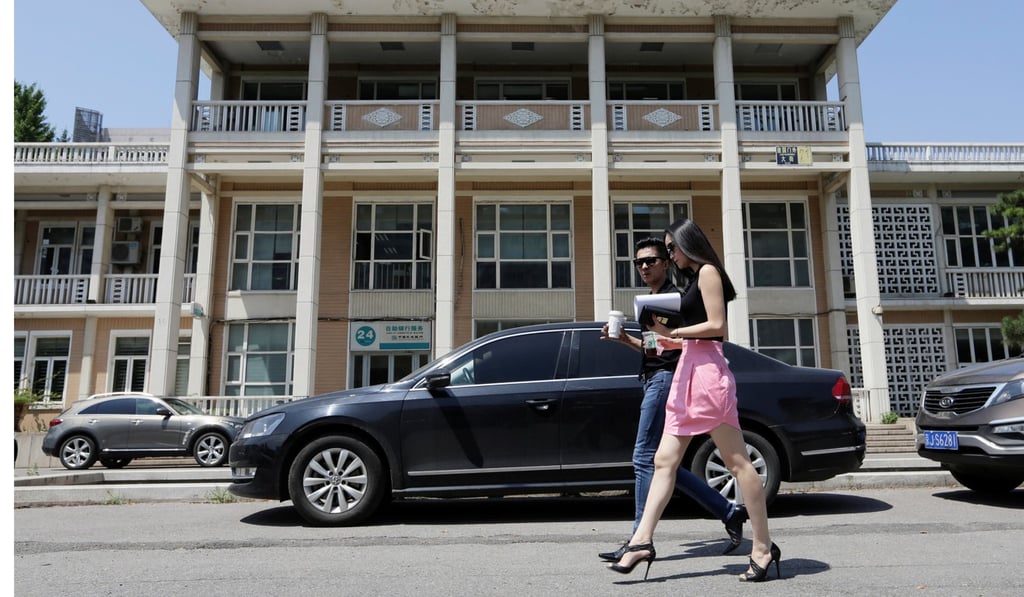China’s banking sector is facing new headwinds as asset growth cools

For the past few years, Chinese banks boosted their assets at a rapid clip, mainly by disguising loans as investments. But as the expansion has slowed considerably in recent months, industry insiders are beginning to flag concerns.
A review of commercial banks showed the expansion rate of their “investment” assets, a loosely regulated asset category, peaked in 2015 and then slowed considerably in 2016 and 2017. Growth of “investment receivables”, as banks packaged their actual lending in their balance sheets, cooled to 7.8 per cent in the first quarter from 9.8 per cent in 2016 and 58.6 per cent in 2015.
The drastic slowdown is accompanied with slowing growth in the broad money supply, known as M2, which tapered from a 14 per cent annual expansion at the beginning of 2016 to 10.5 per cent in April. Meanwhile, asset growth at banks has also slowed, falling from 16.7 per cent in January 2016 to 14.6 per cent in April.
“One focal issue we should closely follow is whether financial regulations are denting real economy financing, and weakening economic growth momentum,” said Wu Ge, chief economist with Huarong Securities.
Among the concerns is the pace at which China’s banks ballooned their lending in the past.
On one hand banks ratcheted up their liabilities, the base for lending, through cheap wholesale funding. They also structured lending as investments instead of loans so they could set aside little or no capital for potential losses, freeing up bank capital.

